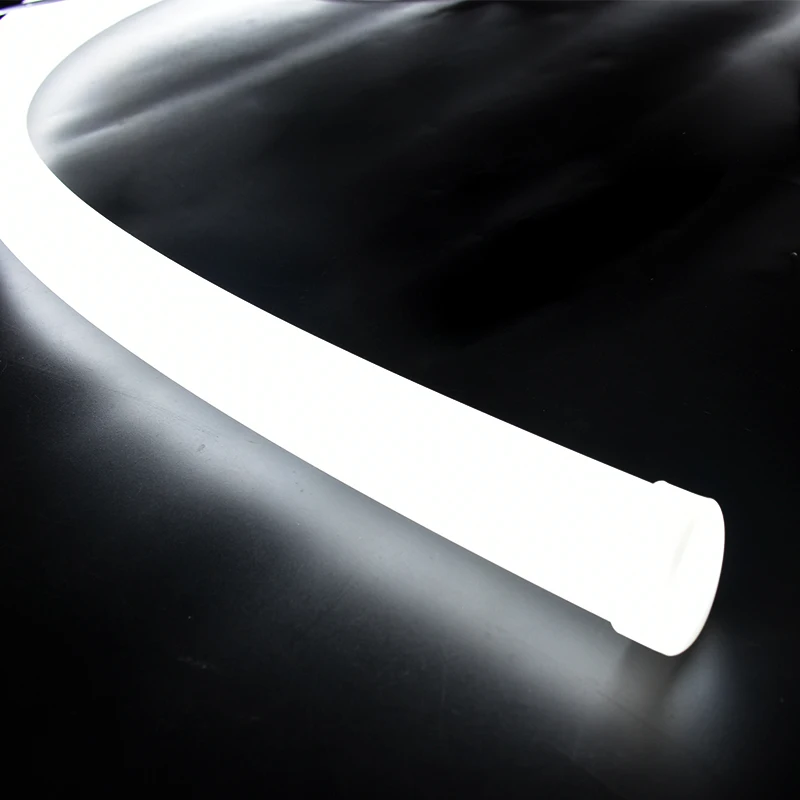Sponge Rubber Seal Strip for Enhanced Insulation and Waterproofing Solutions
Nov . 06, 2024 08:34 Back to list
Sponge Rubber Seal Strip for Enhanced Insulation and Waterproofing Solutions
Understanding Sponge Rubber Seal Strips Applications and Benefits
Sponge rubber seal strips have gained considerable popularity across various industries due to their versatile properties and effective sealing capabilities. Made from soft, flexible rubber, these strips are designed to fill gaps and provide insulation against elements such as air, water, and dust. This article explores the various applications, benefits, and factors to consider when using sponge rubber seal strips.
Applications of Sponge Rubber Seal Strips
Sponge rubber seal strips are widely utilized in different sectors, including construction, automotive, manufacturing, and home improvement. Their applications include
1. Construction In the construction industry, sponge rubber seal strips are commonly used in doors and windows to prevent air and water leaks. They create a tight seal that enhances energy efficiency by reducing heating and cooling costs.
2. Automotive In vehicles, these seal strips are essential for providing weather resistance. They are used around doors, trunks, and hoods to keep out water and dust, thereby ensuring a quieter and more comfortable ride.
3. Manufacturing Many industrial applications benefit from sponge rubber seal strips, especially in equipment that requires dust or liquid containment. These seals act as barriers, protecting sensitive machinery from contaminants.
4. Home Improvement DIY enthusiasts and homeowners often use sponge rubber seal strips for various projects. They can be applied to cabinets, air conditioning units, and other household items to improve insulation and reduce noise.
Benefits of Sponge Rubber Seal Strips
The popularity of sponge rubber seal strips can be attributed to their numerous benefits
1. Flexibility The inherent elasticity of sponge rubber allows seal strips to conform to uneven surfaces, creating a snug fit regardless of the application. This adaptability ensures effective sealing in various scenarios.
2. Durability Sponge rubber is resistant to wear and tear, making it suitable for long-term applications. It can withstand exposure to UV rays, extreme temperatures, and various chemicals, ensuring that the seal maintains its integrity over time.
sponge rubber seal strip

3. Sound Insulation The open-cell structure of sponge rubber effectively absorbs sound, making it an ideal choice for noise reduction. This feature is particularly beneficial in environments where noise control is a priority.
4. Thermal Insulation Sponge rubber seal strips provide excellent thermal insulation, helping to regulate temperature and enhance energy efficiency. This property is particularly valuable in applications involving HVAC systems.
5. Easy Installation Most sponge rubber seal strips come with adhesive backing, allowing for easy application without the need for specialized tools. This convenience makes it accessible for both professionals and DIYers alike.
Considerations for Use
While sponge rubber seal strips are incredibly versatile, there are some considerations to keep in mind
1. Choosing the Right Type Various types of sponge rubber seal strips are available, each suited for specific applications. It is essential to select the right density, thickness, and material composition for optimal performance.
2. Surface Preparation For best results, surfaces should be clean and dry before application. Any dirt or moisture can compromise the effectiveness of the adhesive and seal.
3. Temperature Range Consider the operating temperature of the application area. Some sponge rubber materials may become less effective at extreme temperatures or in specific environments.
4. Regular Maintenance Like any other sealing solution, it is advisable to inspect sponge rubber seal strips regularly for signs of wear or damage and replace them as needed to maintain performance.
Conclusion
Sponge rubber seal strips are essential components in many applications, offering an effective and reliable sealing solution. Their flexibility, durability, and insulating properties make them a preferred choice across various sectors. By understanding their benefits and proper applications, you can ensure optimal performance while reaping the advantages of these versatile sealing solutions.
-
Premium Car Trim Strip - Top Car Moulding Trim Strip Exporters & 3 Car Moldings Manufacturers
NewsJul.08,2025
-
High-Quality Sponge Seal Solutions Leading Sponge Door Seal Manufacturer & Service
NewsJul.08,2025
-
U Shape Chrome Trim Strip Manufacturer & Exporter High-Quality Factory Products
NewsJul.07,2025
-
High-Quality LED Neon Light Supplier – Flexible & Color Changing Neon Strip Lights for Versatile Applications
NewsJul.07,2025
-
High-Quality White Transparent Silicone Strip Reliable Exporter & Factory Price
NewsJul.07,2025
-
Premium U Shape Chrome Trim Strip – Reliable Factory & Exporter for Automotive & Home Décor
NewsJul.06,2025
